The year 2022 provided us with a bulk of troubles. But we should admit that it was also saturated with a huge number of landmark events in space. We’ve seen long-awaited images from the James Webb telescope, a live asteroid impact and the first habitable spacecraft fly to the Moon in half a century. In this article, we will mention the ten top space events of the last year.
Commissioning of the James Webb telescope
The James Webb Space Telescope (JWST) was launched into orbit at the end of 2021, giving astronomers around the world a great New Year’s gift. However, its successful launch did not mean that NASA engineers could start drinking champagne right away. The fact is that the telescope had to make a long flight to its working position and carry out a very complicated procedure of deploying the main mirror and sun shield. If something had gone wrong during this phase, then the 10 billion dollars spent on the construction of the telescope would have turned waste.

Fortunately, the creators of the telescope have spent many thousands of hours on thorough testing of the observatory’s components. The deployment of JWST went according to plan. Thanks to this, at the beginning of the summer, the telescope began to carry out its scientific program, and as soon as July NASA published the first pictures from the telescope, which show some of the most iconic space objects.
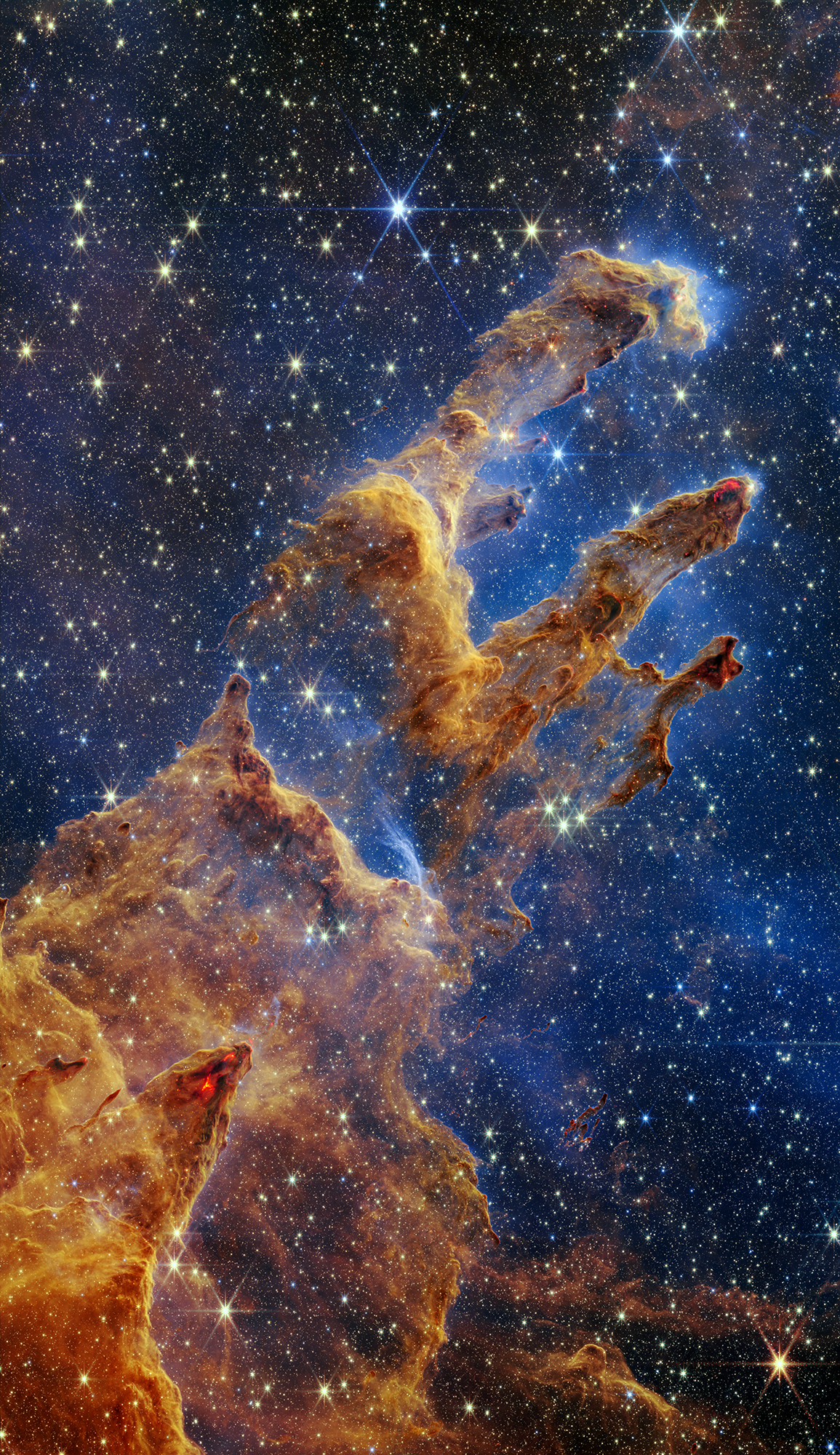
Since then, JWST has managed to delight us with a number of discoveries — in particular, by discovering early galaxies in the universe and for the first time detecting carbon dioxide in the atmosphere of an exoplanet. There is no doubt that in the future he will make a whole series of outstanding discoveries.
Russia’s exclusion from the ExoMars mission
The large-scale Russian invasion of Ukraine had a huge impact on the entire space industry, the consequences of which will be analyzed for a long time. In particular, Western countries refused to use the launch vehicles of the aggressor country, which led to the termination of a number of launch contracts. As a result, for example, the company OneWeb had to continue deploying its satellite group by rockets of SpaceX and Indian NewSpace.
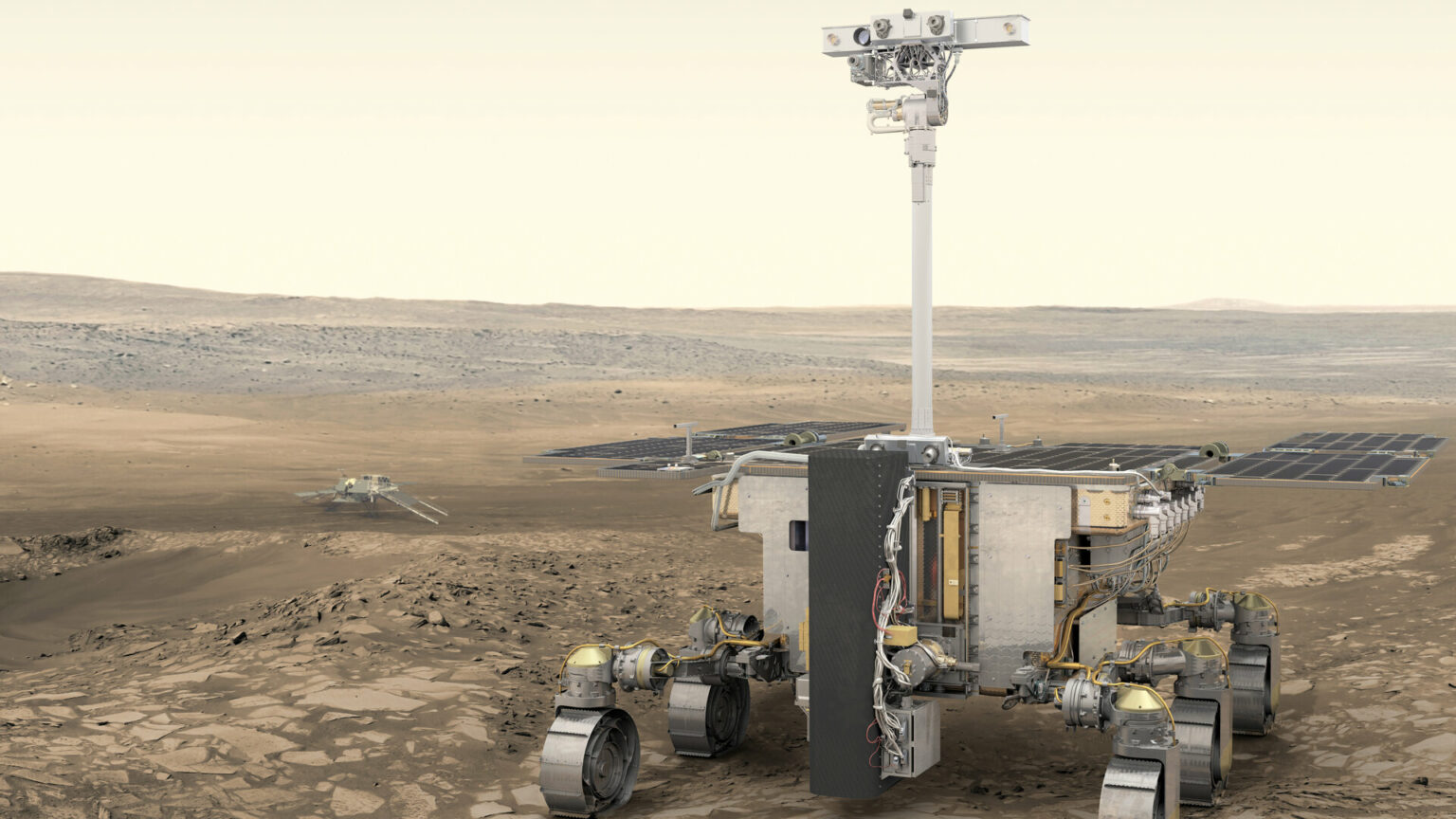
But perhaps the most significant consequence was the exclusion of Russia from the ExoMars mission. Its launch was supposed to take place in September 2022. However, after the start of the full-scale invasion, ESA decided to end all cooperation with Roskosmos, abandoning the use of all Russian components and instruments. As a result, ExoMars was left without a launch vehicle and a landing platform.
To save the project, ESA had to turn to NASA for help. And the American aerospace administration has already given preliminary consent to provide everything necessary. This gives hope that ExoMars will reach the Red Planet after all. At this time, its launch is planned for 2028.
Launches of lunar probes
In 2022, we witnessed the launch of a whole series of lunar probes. The first was the CAPSTONE CubeSat, designed to test the orbit in which it is planned to place the Gateway orbital station in the future. Although not without some misadventures, in November 2022 the device still managed to enter the target orbit.
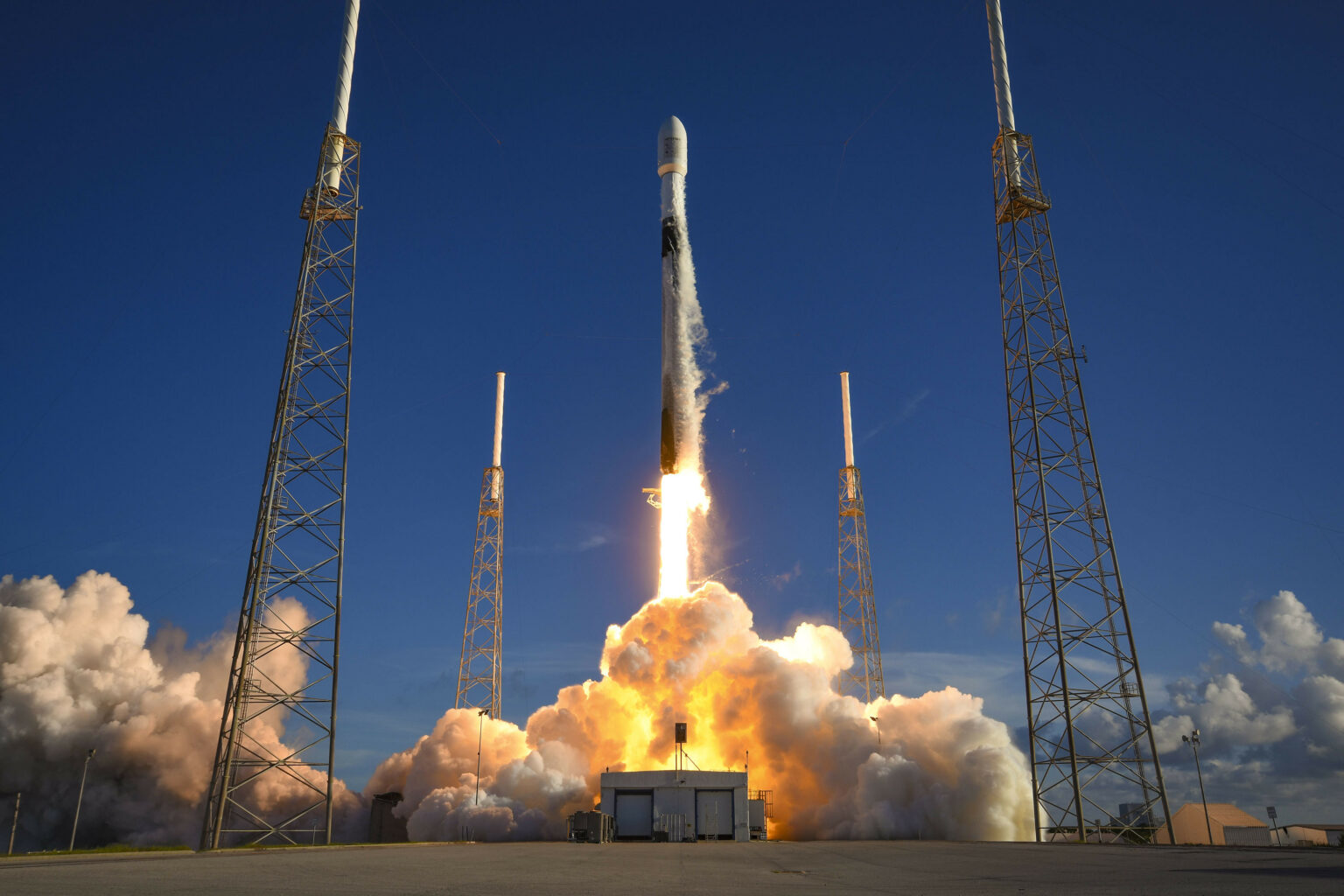
The next one was Danuri — the first ever lunar probe built by South Korea. It was launched in August and entered a selenocentric orbit in December 2022.
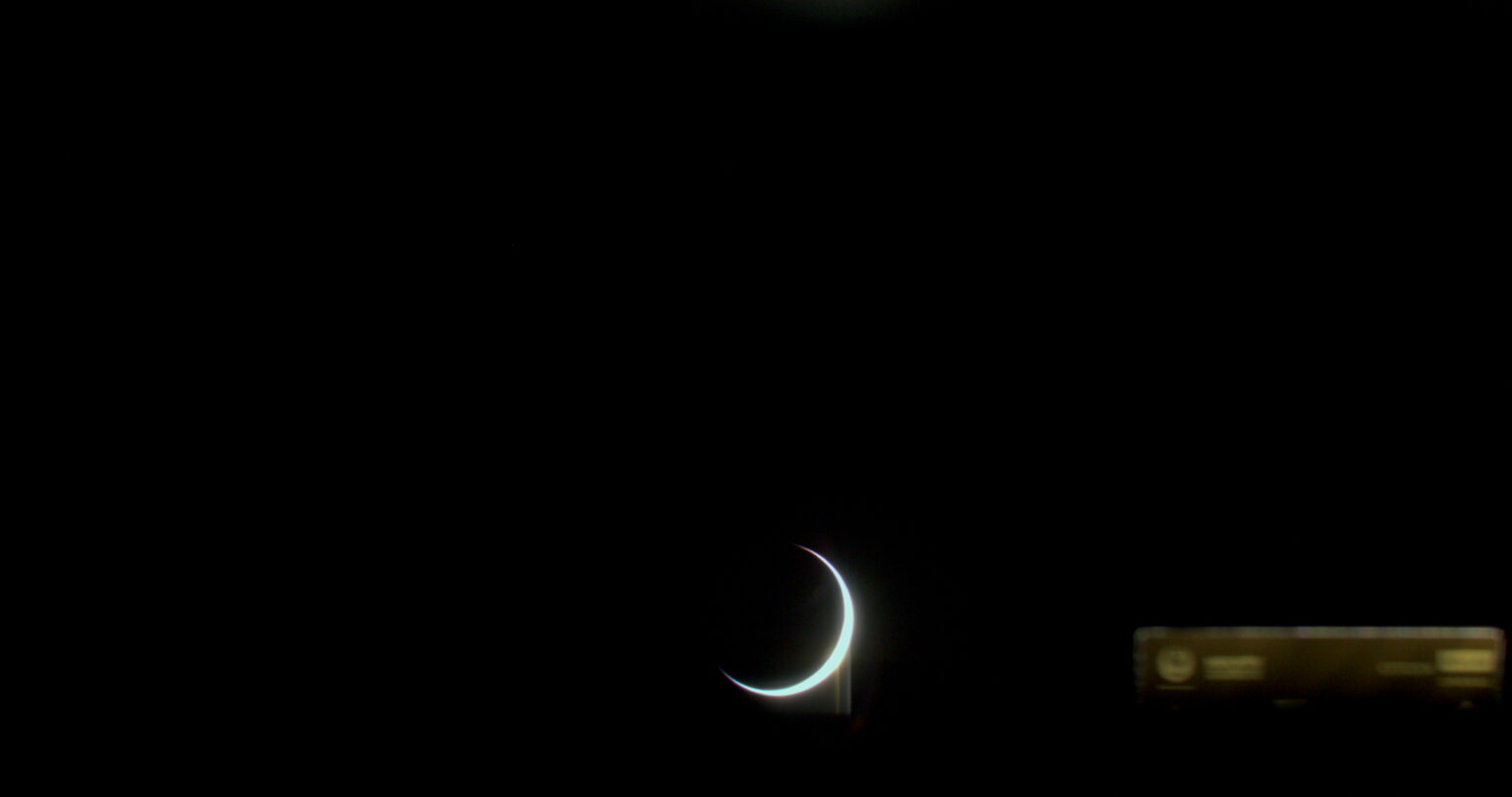
And, finally, in December, a pair of devices went to the Moon, consisting of the Hakuto-R apparatus and the Lunar Flashlight CubeSat. The first was built by the Japanese company iSpace and is intended for landing on the Moon. In addition to several instruments, it also houses Rashid — the first ever rover created by specialists from the Arab country (UAE). As for the Lunar Flashlight, it was built by NASA and is designed to search for water ice on the Moon. Both devices should reach the satellite of our planet in March 2023.
The assembly of the Chinese orbital station completed
2022 was also a year of significant space achievements for China. The main one was the completion of the assembly of the Tiangong orbital station. In July, the scientific module Wentian was docked to it, and in November — the scientific module Mengtian.
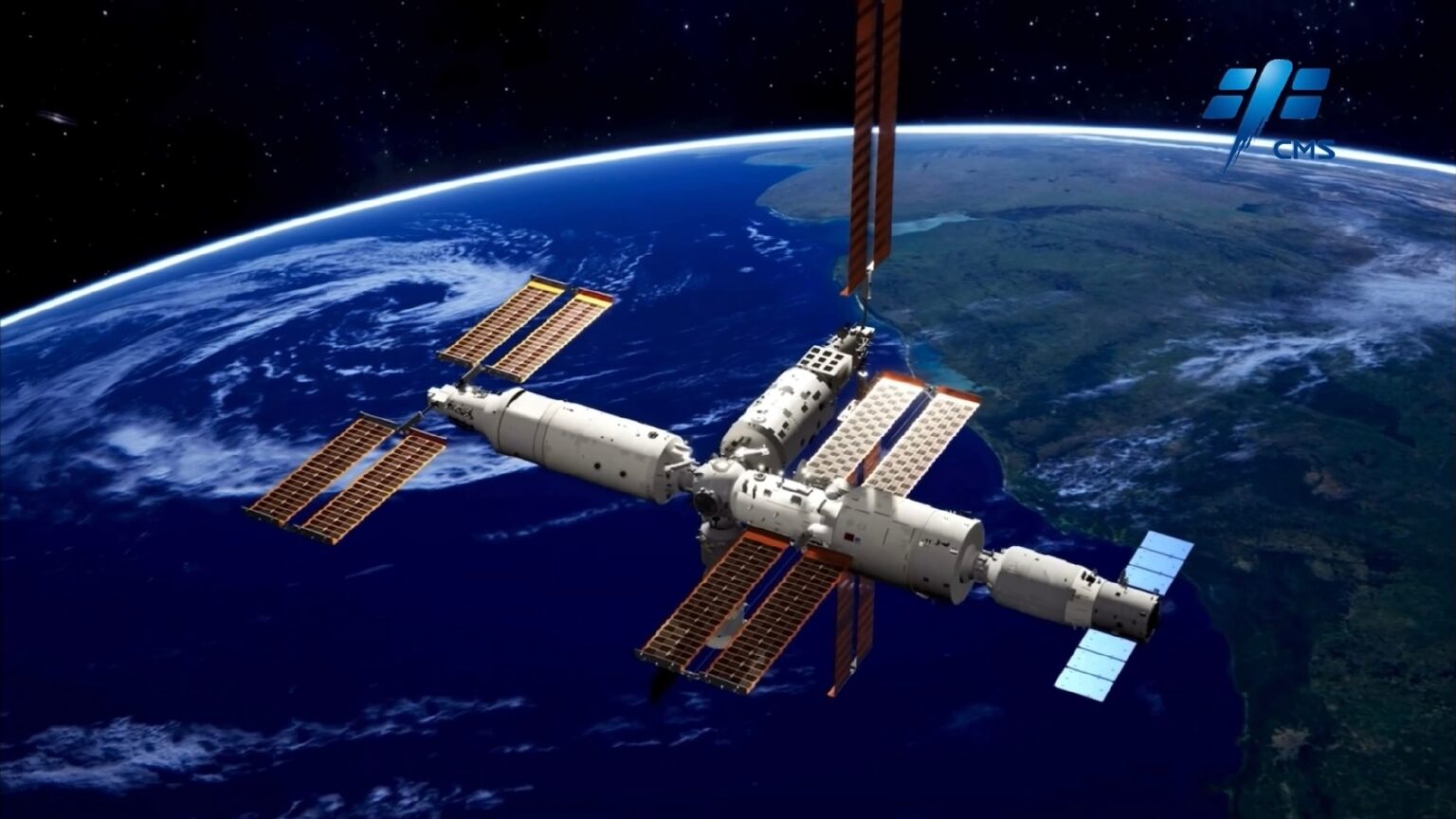
Thus, the Celestial Empire got its own space laboratory at its disposal. But their plans are not limited to this. As soon as the end of 2023 or the beginning of 2024 China plans to launch the Xuntian autonomous telescope module. It will occasionally dock with the orbiting station for maintenance and replacement of faulty components by its crew.
Orbital test of Starliner
In May 2022, the Boeing finally managed to conduct a repeat safety flight test of the Starliner spacecraft, which was postponed several times. Again, it was not without some problems. For example, during the launch of the ship into orbit, 2 of its 12 engines shut down prematurely. However, this did not prevent the Starliner from performing the necessary maneuver and docking with the ISS. In total, the spacecraft stayed docked to the orbital complex for five days, after which it returned to Earth.
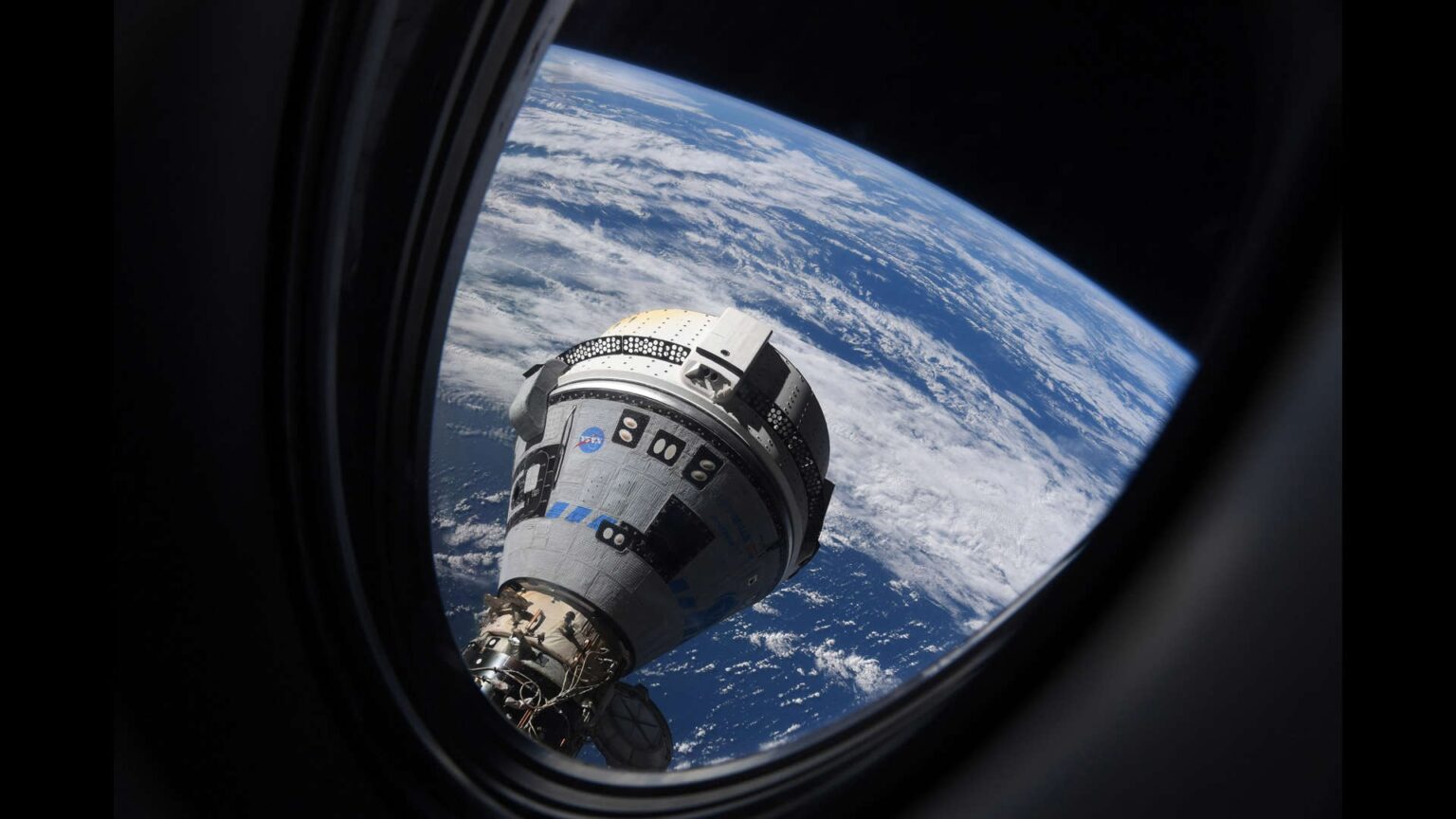
After analyzing the test results, NASA finally gave the green light to the first manned flight of the Starliner. At the same time, however, its date was postponed from the end of 2022 to 2023 in order to eliminate problems discovered during the flight and conduct additional tests of the ship’s key systems.
New Shepard crash
2021 was marked by a kind of race between the companies Blue Origin and Virgin Galactic for being the first suborbital tourist flight with passengers. In the end, Virgin Galactic won this race. However, this did not bring it real dividends, because then the company began the modernization of its spaceplanes, which is still not completed.
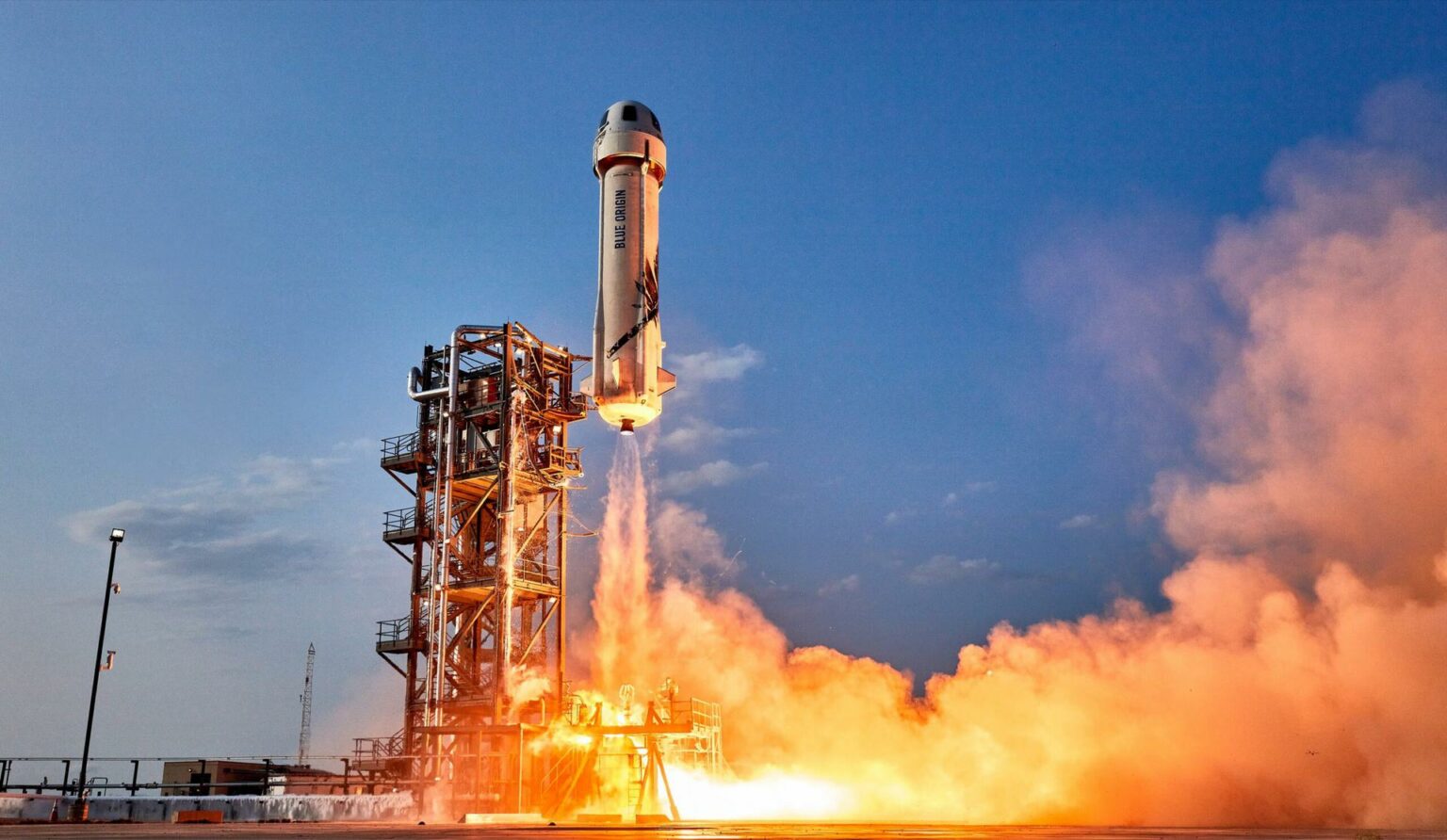
But Blue Origin has started regular flights. In total, its New Shepard ship delivered 31 people above the Karman line, the conventional boundary of outer space. However, September 12, 2022 reminded everyone that even suborbital flight is pregnant with certain risks. The launch of New Shepard that day ended in an accident due to engine failure. Fortunately, it wasn’t a manned flight — the ship was carrying 36 different payloads from a number of commercial customers. In addition, the emergency rescue system of New Shepard demonstrated its efficiency. It successfully shot down the capsule of the ship, which then landed on parachutes.
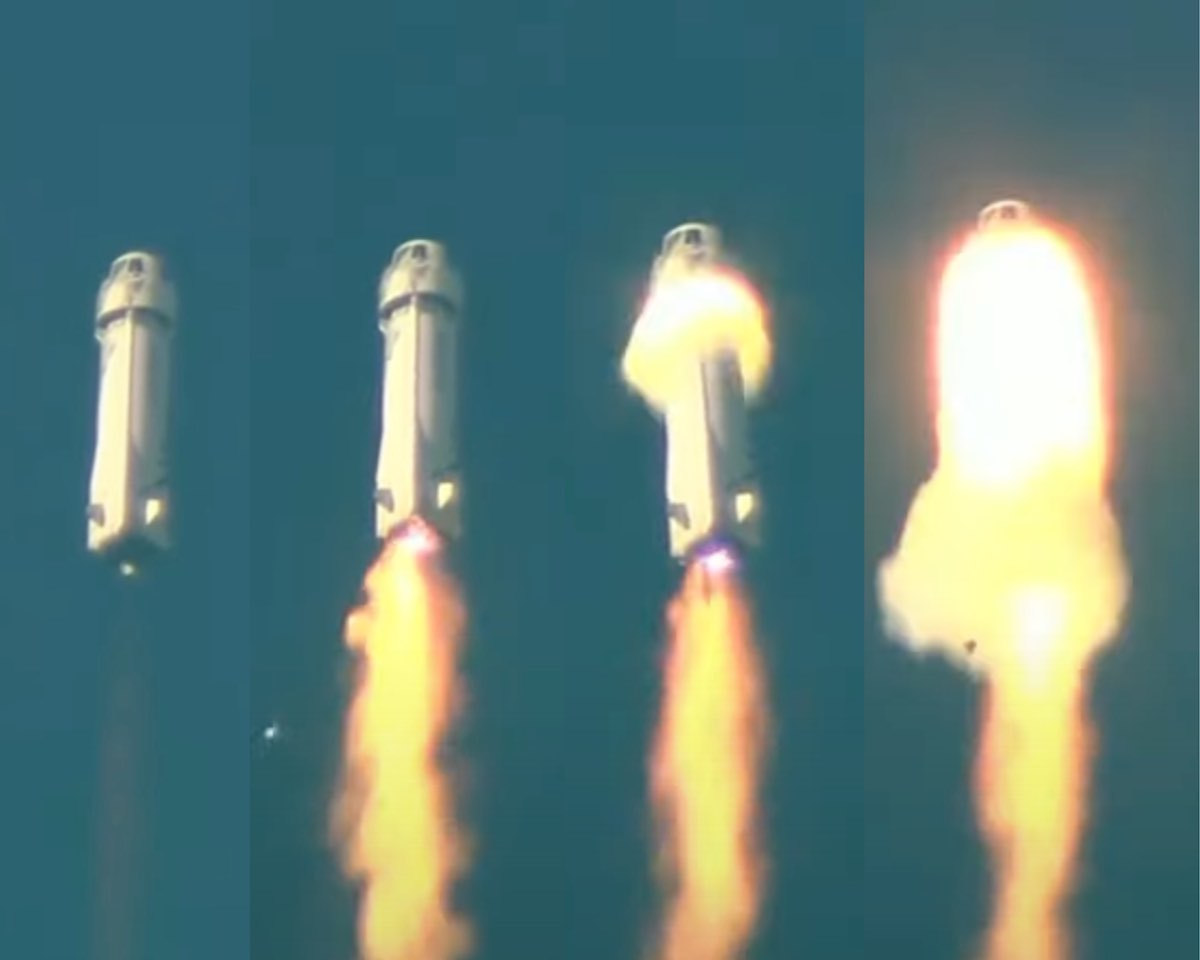
However, the accident led to the termination of the operation of the New Shepard while investigation of its causes takes place. It is not yet known when Blue Origin plans to resume suborbital tourist flights.
Ramming an asteroid with the DART probe
Asteroids have been bombarding our planet for billions of years. In 2022, Earth struck back. On September 26, the NASA-built DART probe rammed the asteroid Dimorphos. The purpose of the operation was to check the possibility of using kinetic impact to changing the orbit of a celestial body threatening the Earth.
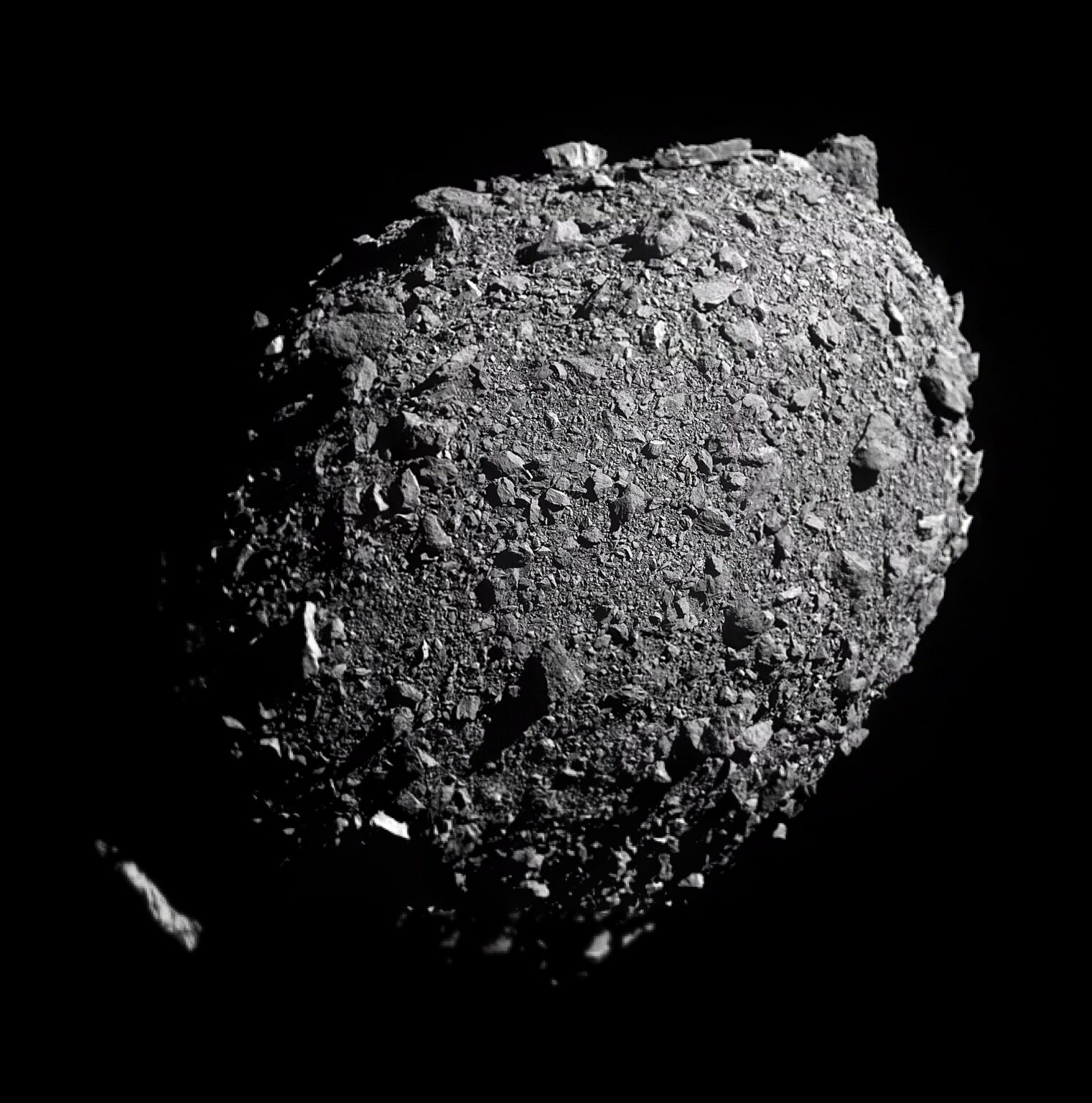
The collision and its consequences were monitored both by the LICIACube CubeSat, which separated from the probe in advance, and by a number of ground and space observatories. They recorded a large emission of matter, resulting in the formation of a double comet-like tail, 10 thousand kilometers long.
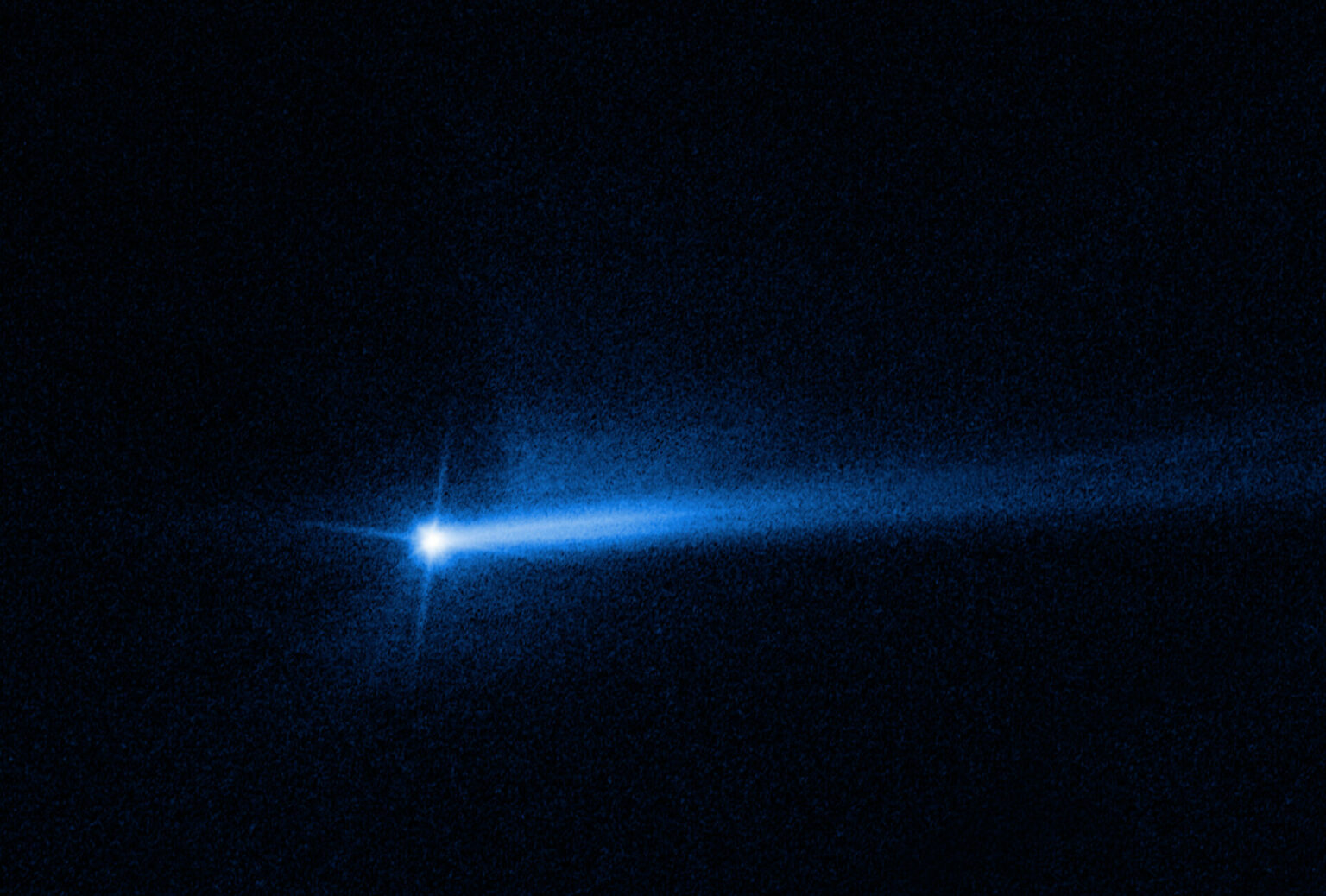
Subsequent observations also showed that the collision with DART caused Dimorphos’ orbital period to change by 32 minutes. This is much more than predicted by computer models, which is good news for scientists who are developing projects to protect our planet from space bodies.
Postponing the launch of Psyche
Postponing space launches is a fairly common occurrence. But the case with the Psyche mission still stands out noticeably against the general background. In May 2022, the finished spacecraft was delivered to Cape Canaveral to prepare for launch, which was scheduled for August. However, soon NASA had to announce its cancellation. The reason was the unreadiness of the ground simulator of the device, which is necessary for working out various technological operations, testing the software and checking the response of the probe systems to commands.
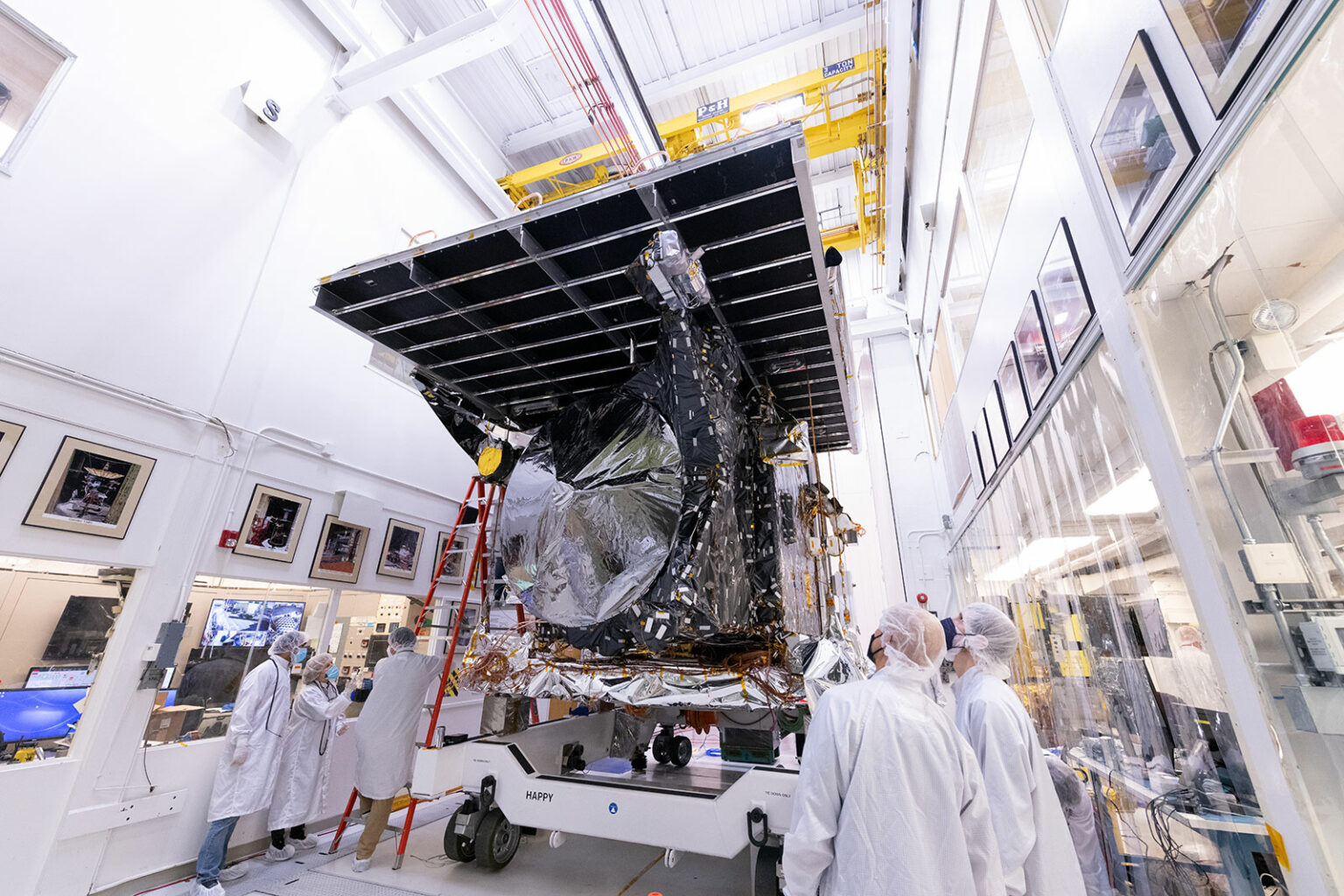
After an independent audit of the project, NASA announced the postponement of the launch of Psyche to the fall of 2023. Because of this, it will reach its target (the metallic asteroid Psyche) in August 2029 — 3.5 years later than the original flight plan envisaged.
But these were not the only consequences of the postponement. NASA originally planned to launch a pair of Janus probes together with Psyche — to study asteroids. But these plans had to be abandoned. This was due to the lack of suitable objectives to achieve when launching Janus together with Psyche in a new launch window. Because of this, the already assembled and ready-to-launch probes were indefinitely stored in warehouses built by Lockheed Martin. At this time, it is not clear when they can be launched and which asteroids might become their objective.
Artemis I mission
The year 2022 ended with a rather significant event. We are talking about the Artemis I mission, when the superheavy SLS rocket sent the Orion spacecraft to the Moon.
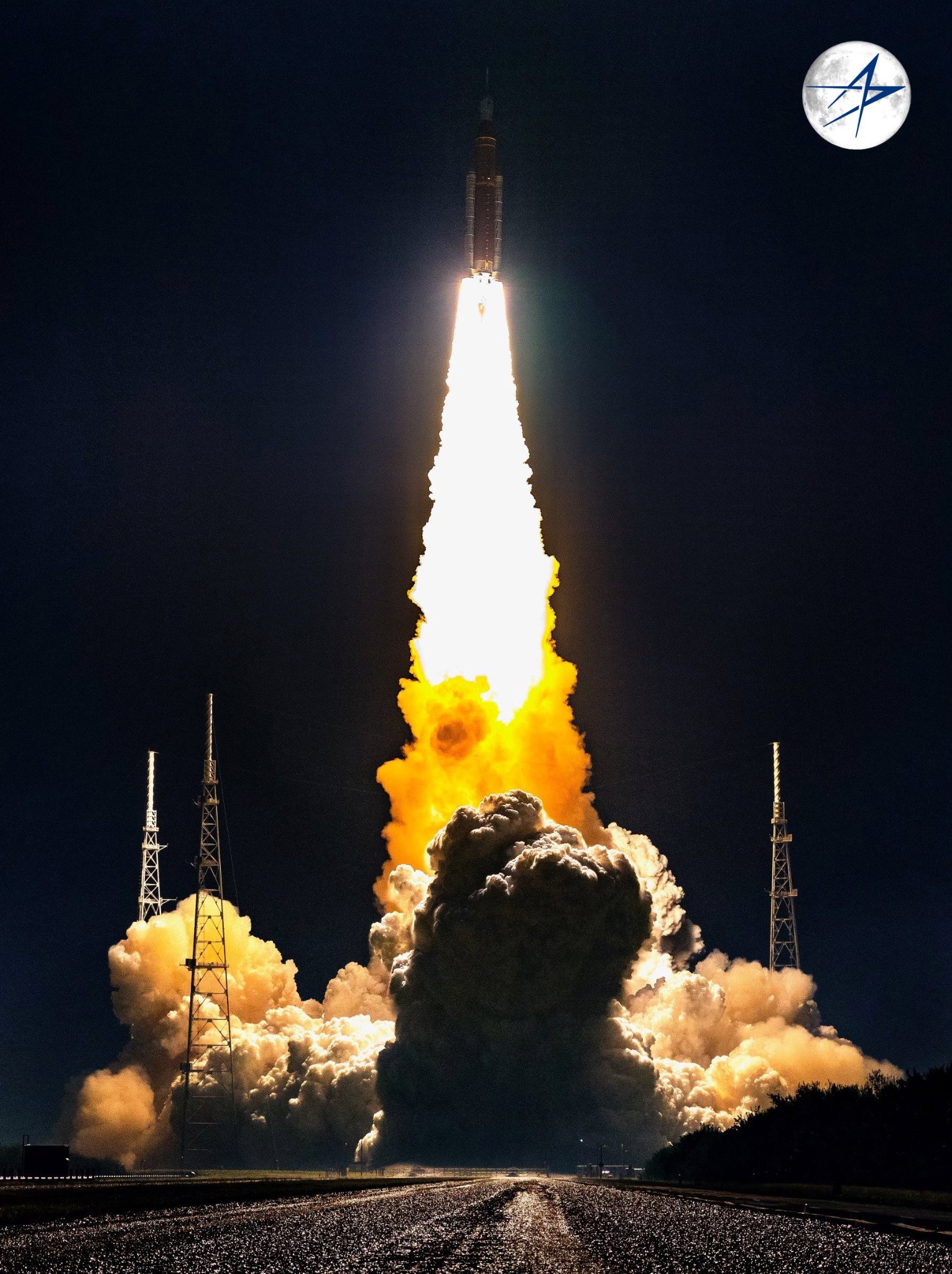
Like JWST, SLS was a very troubled project. But when the superheavy rocket had finally soared into the sky, launching the first habitable spacecraft to the Moon since 1972, everyone instantly forgot about it. Moreover, the mission passed without any serious problems, giving us a lot of great pictures, some of which have already become iconic.
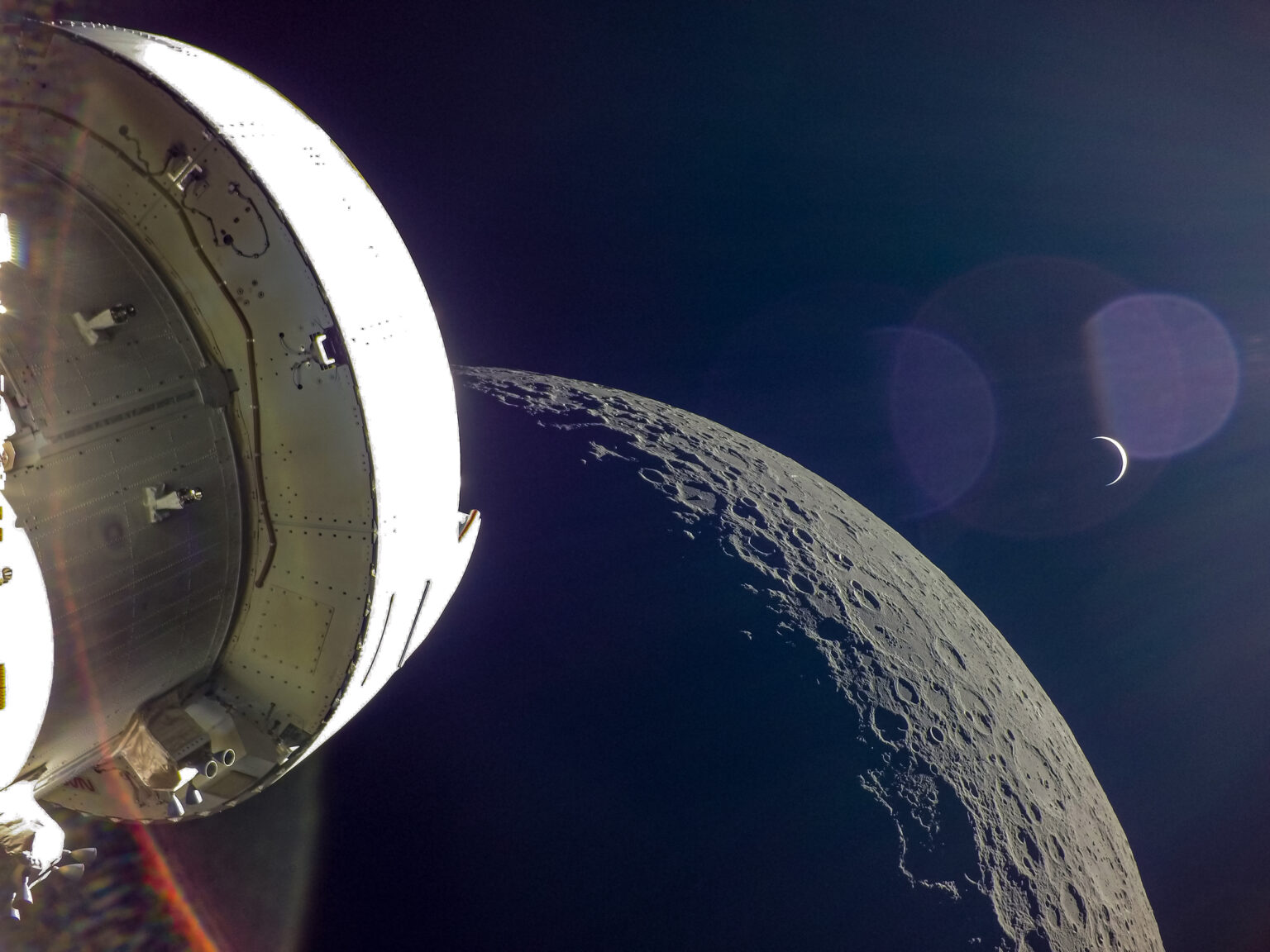
Thanks to this success, NASA got the opportunity to prepare for the next lunar missions, when astronauts will fly around the satellite of our planet, and then land on its south pole.
Completion of the InSight mission
2022 was the last year for the two spacecraft that studied the Red Planet. On September 27, the Indian Space Research Organization lost contact with the Mangalyaan probe, which had been in an areocentric orbit since 2014. It became the first ever apparatus launched by India to another planet.
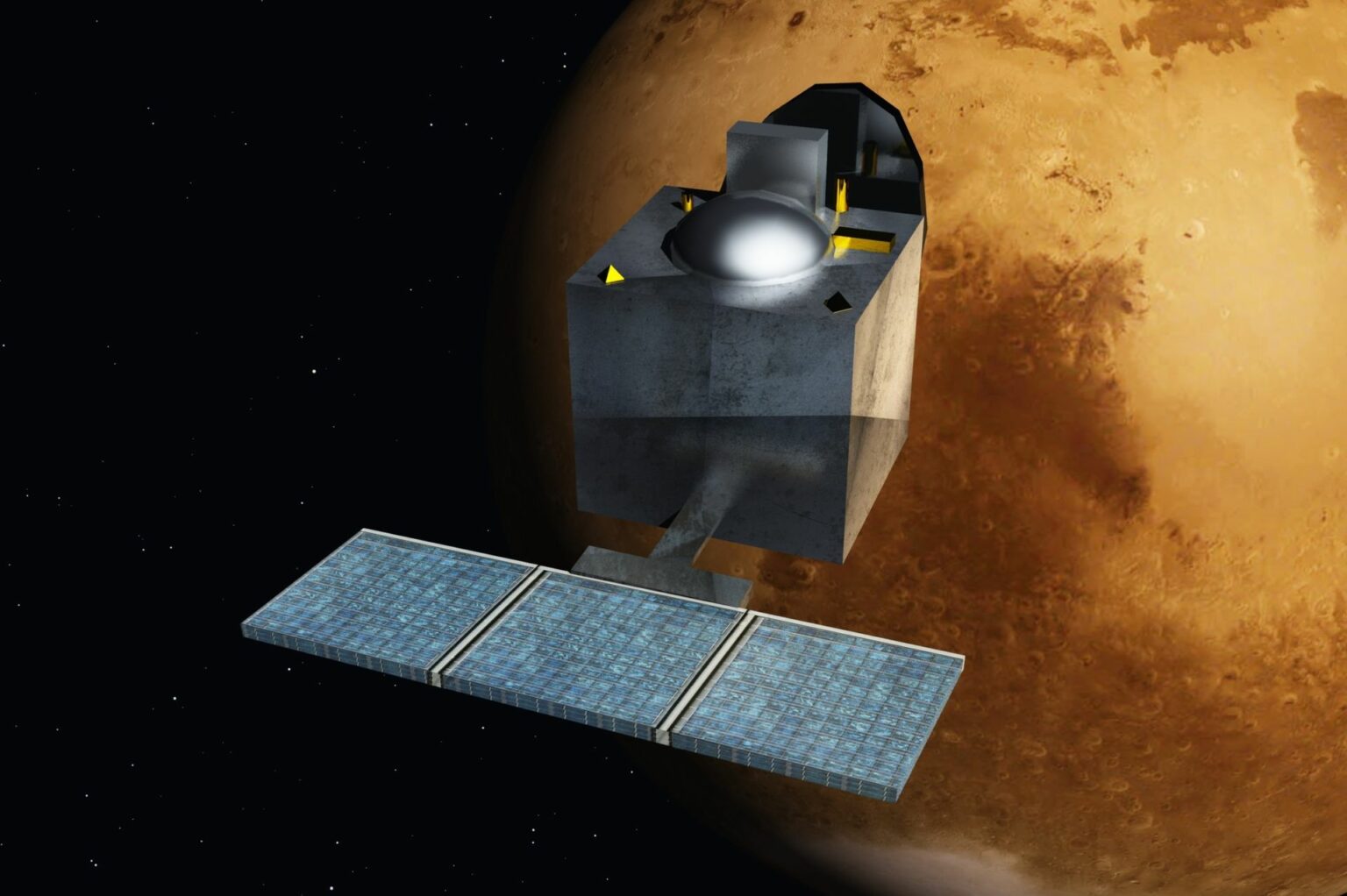
Just after 2.5 months, the final point was put in another Martian mission. InSight stopped communicating and was declared dead. This did not come as a surprise to NASA. Back in the spring, mission specialists published a very accurate forecast, predicting that by December, InSight would no longer receive enough energy to continue its work. The reason was a thick layer of dust that accumulated on his solar cells. Despite all efforts, the engineers were unable to solve this problem.
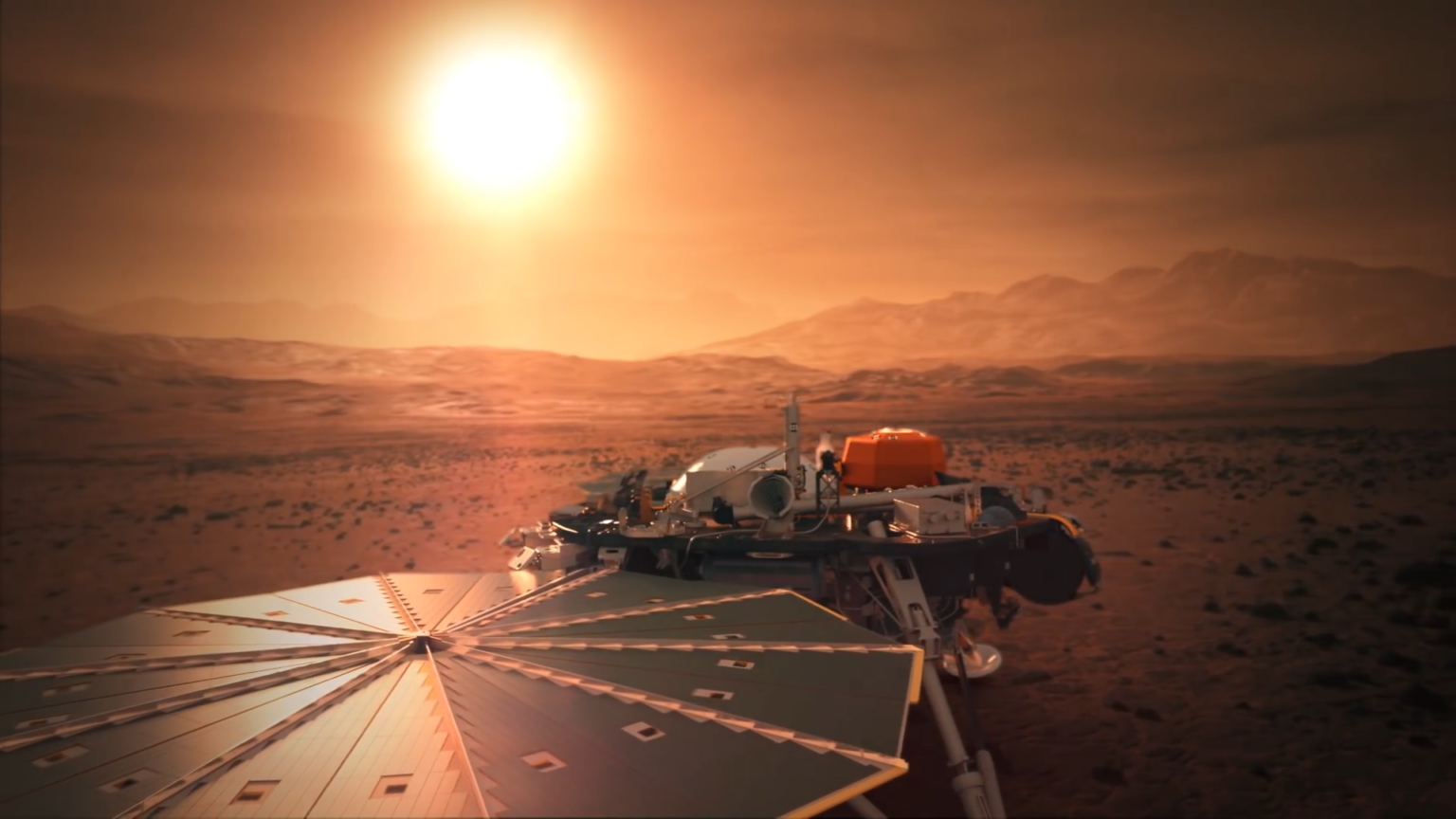
But, despite the termination of work, InSight left a very important scientific legacy behind. During its four years of operation, the device recorded 1,319 Martian earthquakes. Their number and strength surprised many scientists, who believed that the Red Planet was a dead world geologically, and such events there would be extremely rare. But the InSight data has forced planetary scientists to reconsider their ideas about Mars. We now know that the bowels of the fourth planet from the Sun are much more active than previously thought.

